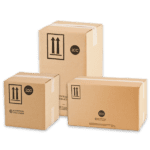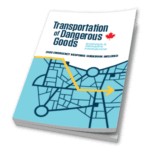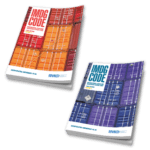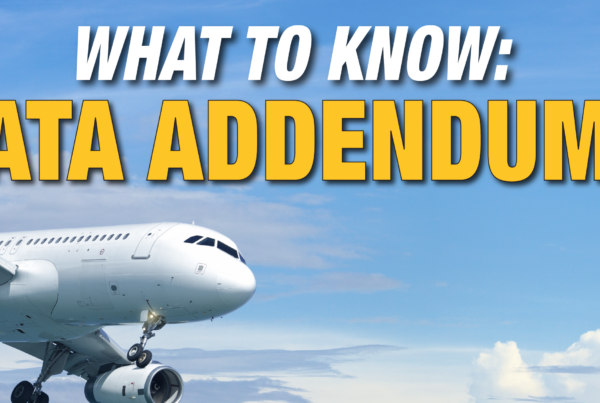Hello everyone! Ok, so this time we’re going to talk about a question you should ask yourselves.
Should I have a quality assurance process in place for your dangerous goods shipments?
Let’s look at how this could save you a lot of unnecessary headaches.
It’s important to know that most mistakes made when shipping dangerous goods could be avoided.
From the inspection efforts made by TC inspectors, it’s clear that the most common violations relate to shipping documents, marking and labeling of packages, selection of the correct package, and proper classification of your dangerous goods.
Now, with this in mind, as you may know, the Canadian TDG does not contain a guide or checklist to help you implement a simple, concise quality assurance process for your particular shipment.
Yes, you will have to put in a few hours of work in order to achieve this, but the result will be worth it.
But where do you start?
First, you have to separate this process in relation to the most important elements to be considered for a compliant shipment and in particular to try to avoid mistakes.
These elements are as follows:
- Destination of your shipment and mode of transport to be used
- Some countries may require additional information, have stricter restrictions, or even require approval (called a state discrepancy)
- Many carriers have additional restrictions as well (called operator discrepancy)
- Classification & identification of your DGs
- Is your product classified according to TDG
- Is the regulatory name the right one
- Is the number the right one
- Is the packaging group the right one
- Selecting the correct container and packing instructions
- Is the container I have chosen allowed under the TDG Part 5 (land shipments)
- Is the container I have chosen prepared according to the packaging instruction of TP14850
- If I am shipping by air, I must comply with the packing instructions in Part 5 of the IATA DGR
- If I am shipping by sea, I must comply with the packing instructions in Part 4 of the IMDG Code
- Marking & labeling
- Does my package bear the hazard markings required by the TDG
- Regulatory name
- UN number
- Hazard label(s) – Primary and subsidiary where applicable
- If I’m shipping by air:
- The sender’s address
- The recipient’s address
- The arrows of the direction of the package for liquids
- The net or gross quantity
- If I’m shipping by sea:
- Does my package bear the hazard markings required by the TDG
- Shipping document
- Does my shipping document contain:
- Sender name and address
- Date of shipment
- Full regulatory description
- UN number
- Regulatory name
- Hazard class(es) (primary and subsidiary if applicable)
- Packaging group (where applicable)
- Number of containers
- Total quantity of DGs for each DG
- Sender’s certification
- Name of the individual who prepared the document
- Emergency phone number
- ERAP number and activation phone number if applicable
- If I’m shipping by air:
- Is the document completed in English
- Did you use the mandatory format
- Recipient name and address
- Page numbering
- Can the shipment travel on a passenger plane, or does it have to be on a cargo plane only
- Declare if your shipment is for radioactive material or not
- Signature of the person who prepared the document
- Does my shipping document contain:
- Placarding
- If I’m shipping by land or air:
- Are the placards required for the road or rail portion as prescribed by TDG Part 4
- If I’m shipping by sea:
- Are the placarding rules in compliance with Chapter 5.3 of the IMDG Code
- If I’m shipping by land or air:
Once this is established, you will be in a better position to control the requirements and better direct the staff who will prepare the shipment. This is definitely a kind of checklist.
This quality assurance process can be in Excel, Word, PDF, or another format.
The important thing is that staff have access to this document and can use it. It is also strongly recommended that you keep it on file once completed.
Secondly, if you are shipping by air, the IATA Dangerous Goods Regulations contain a checklist that can definitely help you with the quality assurance process. This list is called: IATA Dangerous Goods Checklist for a Non-Radioactive Shipment.
This list covers three important parts of a shipment. Including:
- the sender’s declaration (shipping document)
- airway bill
- packaging: marking/labeling/overpackaging
It is important to keep in mind that in this checklist, the state and operator discrepancies are included and very important to verify since these could result in a refusal by the carrier.
Again, suppose you are shipping by sea. In that case, the IMDG Code refers to the CTU Code for filling the container. The checklist is more of a verification that the container is prepared according to the CTU Code and not a checklist to ensure that you have met your responsibilities as a sender. As stated earlier.
For this reason, it’s convenient to use the IATA list as a guide, but this list does not take into consideration everything you need to do in order to be compliant.
For example, in some cases, the Canadian TDG requires emergency response plans, a 24-hour emergency number, prohibited DGs, placarding of large containers, Canadian domestic exemptions/exceptions, etc.
So you will need to add these items to your checklist.
In conclusion, a checklist should be designed to implement a quality assurance process to avoid rejection, non-compliance, or even fines due to violations.
Remember, if you have any additional questions or need ICC’s assistance in putting these processes in place, ICC’s regulatory experts are always there to assist you.
Stay up to date and sign up for our newsletter!
We have all the products, services and training you need to ensure your staff is properly trained and informed.
 Packaging |

|
 Canadian TDG Publications |
 IMDG Publications |






